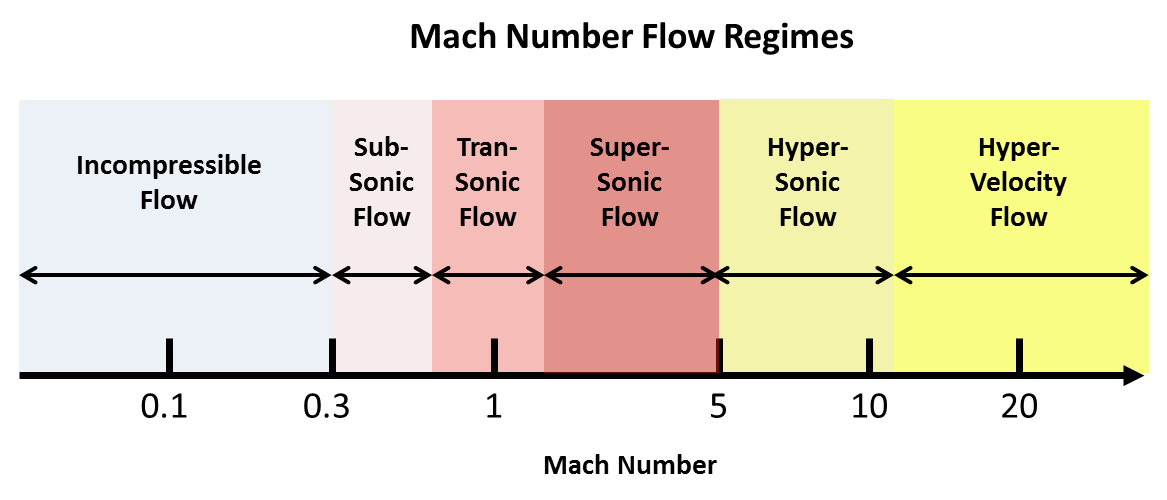brien23
Cleared for Takeoff
How fast does a aircraft have to pass through air to increase the airframe temperature that is measurable around it.

How fast does a aircraft have to pass through air to increase the airframe temperature that is measurable around it.
Measurable would depend on the instrumentation, but I would guess around .92 Mach you'll start seeing something noteworthy.
Did you read my post or are you just certain your guess is more correct than my actual observation?

It's like TAS and IAS.
IAS goes up immediately above sea level but the difference is small at first. Above 10,000 it's enough to be a real factor and in the flight levels I can indicate 270 while doing 440.
Skin heating (it's from compression mostly, not friction btw) starts at one knot and increases with speed. At 250 it's you get about 8 degrees iirc, and 320 is closer to 20.

760 mph is recognized as the speed of sound at standard conditions... mach....so 350 kts is about .5 which correlates to the lower ends of a compressibility flow regime.I flew for Bob Greyell, a Korean War F-86 pilot.
He said that if they got into ice the'd just speed up to 350 KT and it would melt off.
760 mph is recognized as the speed of sound at standard conditions... mach....so 350 kts is about .5 which correlates to the lower ends of a compressibility flow regime.
where did you get indicated airspeed in any of that....?
That's the number I remember, somewhere about 8-9 degrees at 250 kts. I can't remember where I read that either.
We had to do that a few times flying the Sabre 60 which has slats and no de-ice on the wings.
TAS is what the flow is "doing"...not indicated speed. You know indicated speed needs correction.....to allow for compressibility (density) and instrument error.It was honest. Seldom do I use TAS. Plus, it's also seldom temperature is standard, so I'm trying to relate your post to flying and am hitting a wall.
Not the skin (where the flow is parallel) but leading edges and noses where the flow is perpendicular. Those you'll start seeing some elevation in the temperature. Skin temperatures don't rise until you get very near supersonic.
I like the "simplification" to RR = V^2/87^2. Is that anything like V/87?
edit: I went ahead and made the change on Wikipedia.
All I cared about was the leading edges where the ice forms, I couldn't care less about any other part of the wing.

Wouldn't the increased air flow also increase the heat transfer away from the skin, like a radiator?
